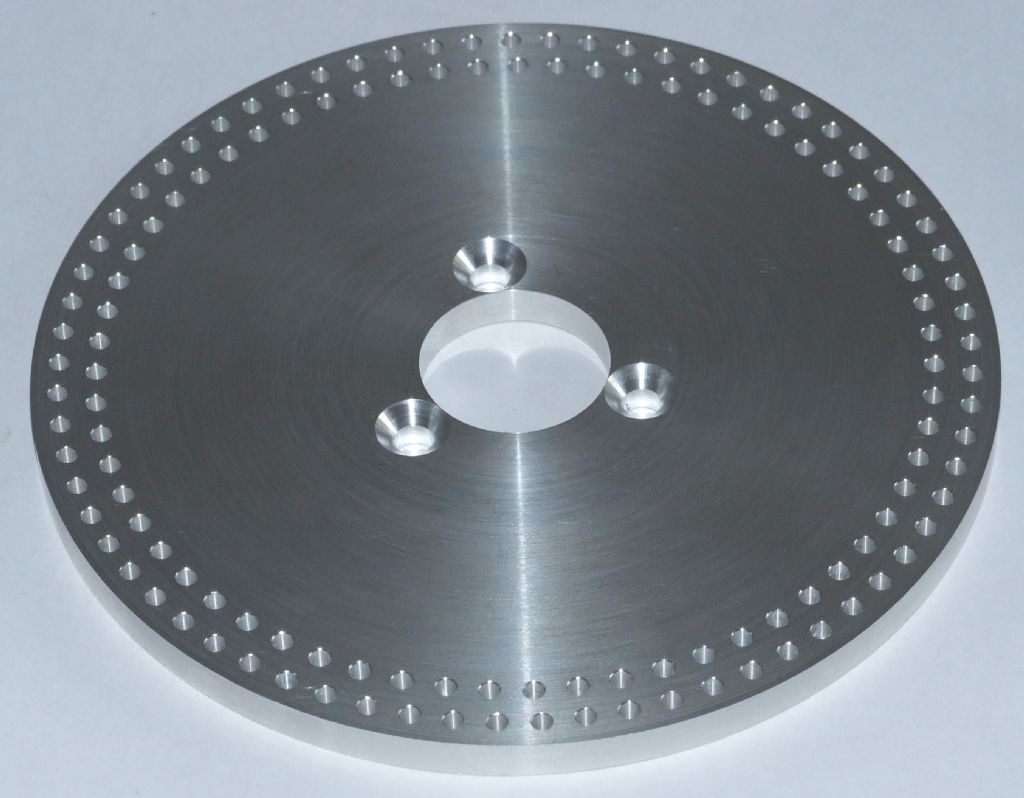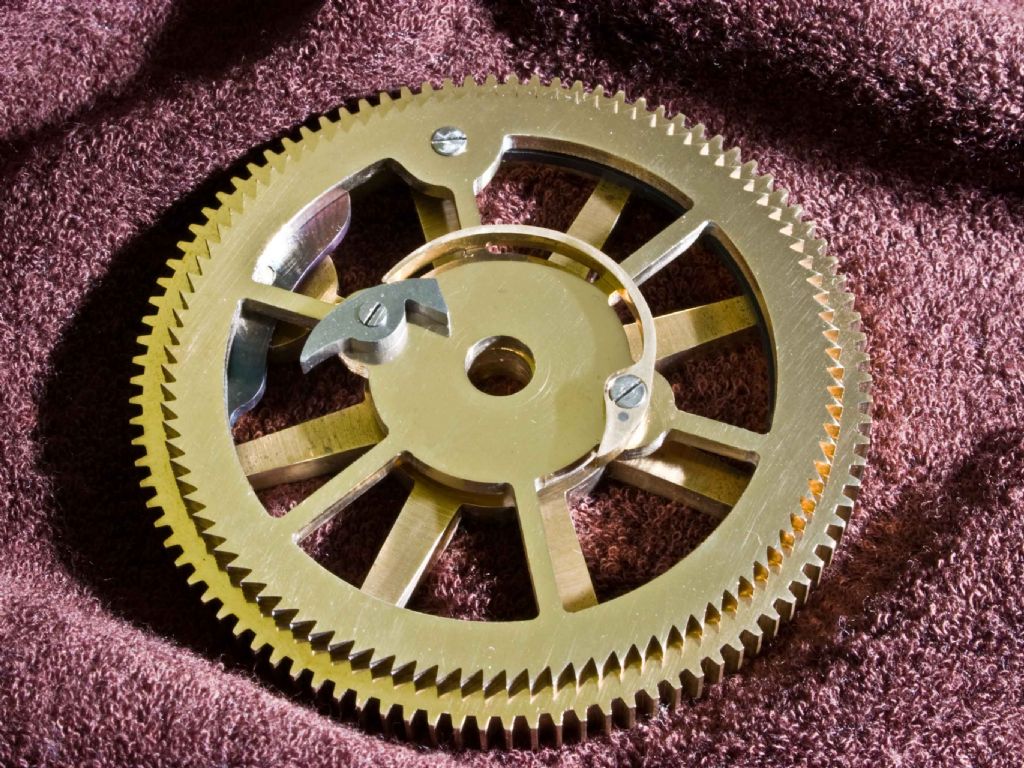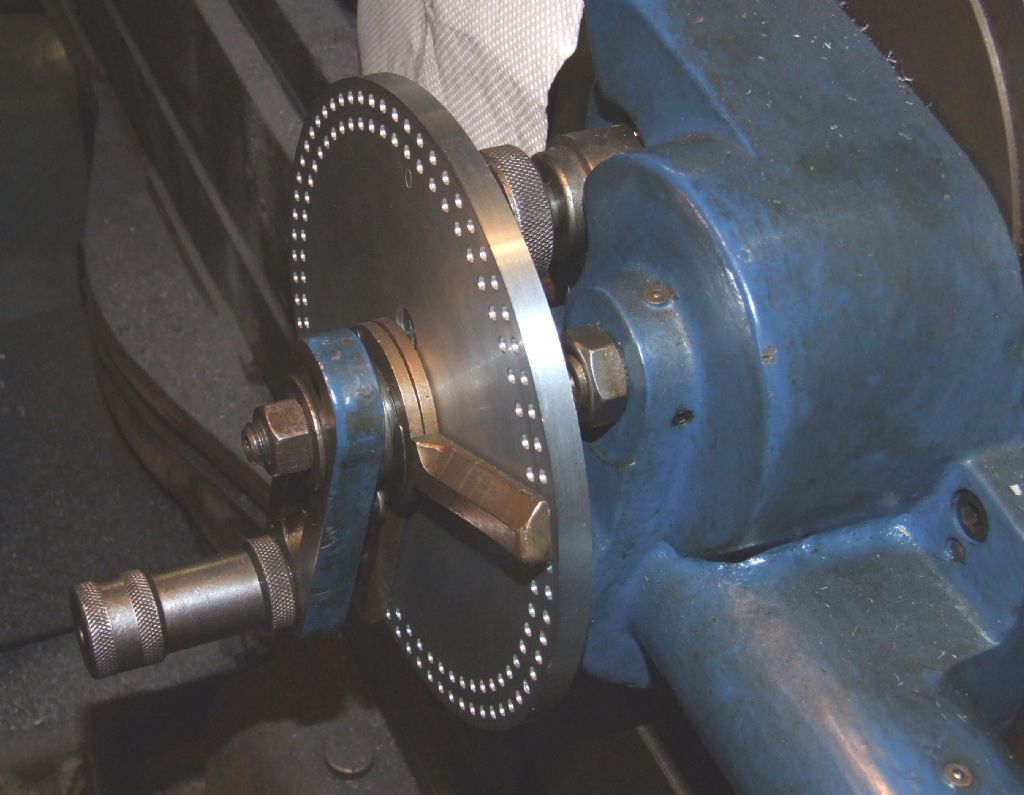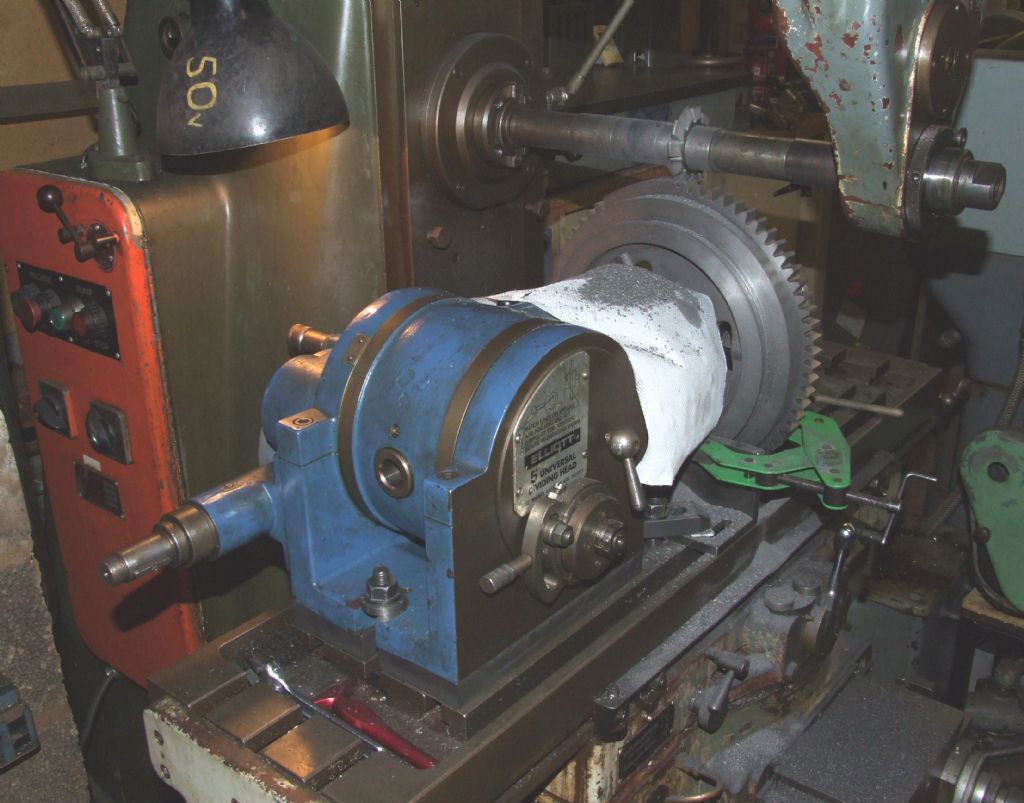A New Dividing Plate for my Dividing Head
A New Dividing Plate for my Dividing Head
- This topic has 40 replies, 17 voices, and was last updated 19 March 2015 at 18:07 by
Dave Martin.
- Please log in to reply to this topic. Registering is free and easy using the links on the menu at the top of this page.
Latest Replies
Viewing 25 topics - 1 through 25 (of 25 total)
-
- Topic
- Voices
- Last Post
Viewing 25 topics - 1 through 25 (of 25 total)
Latest Issues
Newsletter Sign-up
Latest Replies
- Sieg KX3 spindle motor replacement/upgrade
- Metal stock
- Taylor Hobson cutter grinder modificaton
- Family tree prog
- How to identify a thread, ACME vs TR
- indexing head lathe
- LBSC Dot/Diana Cylinder Castings
- Can a metric baby do imperial?
- Calling all Little John and other Raglan users
- Vickers Inverted Engine












